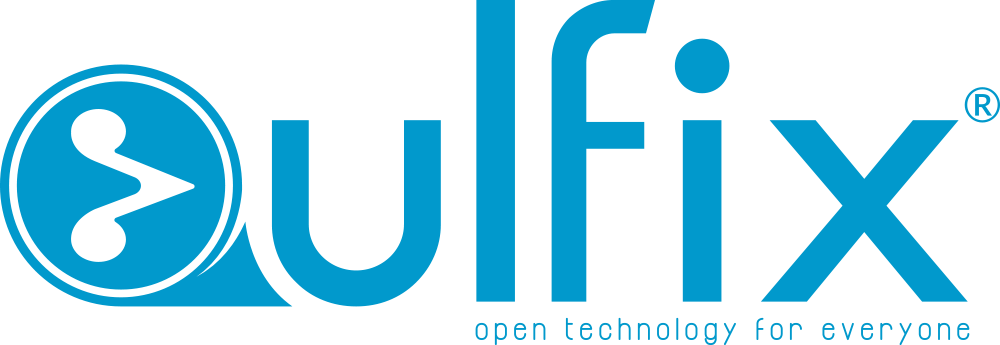DevOps Practices and Tools
DevOps is a set of practices that involves collaboration between development and IT operations teams to build, test, and deploy software more efficiently. There are many tools that are used in the DevOps process to automate various tasks, and some of the most common DevOps tools used in the software industry include:
- Jenkins: An open-source automation server that is used to automate the building, testing, and deployment of software.
- Docker: A containerization platform that allows developers to package their applications and dependencies into portable containers.
- Ansible: An open-source automation tool that is used to manage and configure IT infrastructure.
- Git: A version control system that is used to manage source code and track changes.
- Puppet: An open-source configuration management tool that is used to automate the management of IT infrastructure.
- Chef: An open-source configuration management tool that is used to automate the management of IT infrastructure.
- Kubernetes: An open-source container orchestration platform that is used to automate the deployment, scaling, and management of containerized applications.
- Nagios: An open-source monitoring tool that is used to monitor IT infrastructure and alert users to any issues.
- ELK Stack: A combination of Elasticsearch, Logstash, and Kibana that is used to collect, parse, and visualize log data.
- Terraform: An open-source infrastructure as code tool that is used to automate the creation, deployment, and management of IT infrastructure.
These tools are just some of the most commonly used DevOps tools in the software industry, and there are many others that can be used depending on the specific needs of a project or organization.
These tools might interact with each other in a DevOps pipeline:
- Source code management: The source code for a software application is stored in a Git repository. Developers use Git to commit changes to the code and create new branches for feature development.
- Continuous integration: Jenkins is used to automate the building and testing of the software application. Whenever changes are pushed to the Git repository, Jenkins automatically pulls the latest code and runs a series of automated tests to ensure that the application is still functioning as expected.
- Containerization: Docker is used to package the application and its dependencies into a container, which can be deployed to any environment that supports Docker.
- Infrastructure as code: Terraform is used to define the infrastructure needed to deploy the application. Infrastructure components, such as virtual machines and load balancers, are defined as code and version-controlled in a Git repository.
- Configuration management: Ansible or Puppet is used to automate the configuration of the infrastructure. Configuration scripts define the desired state of the infrastructure and are executed by Ansible or Puppet to ensure that the infrastructure is configured correctly.
- Continuous deployment: Kubernetes is used to automate the deployment of the application to production. Kubernetes manages the deployment of the containerized application to a cluster of servers and ensures that the application is scaled appropriately to handle user traffic.
- Monitoring and logging: Nagios and ELK stack are used to monitor the application and collect logs. Nagios alerts the DevOps team to any issues with the infrastructure or application, while the ELK stack is used to collect and analyze log data to identify and troubleshoot issues with the application.
This is just one example of how these tools can be used together in a DevOps pipeline. The exact combination of tools and how they interact with each other can vary depending on the needs of the project or organization.

